Mangrove Trees
- November 16, 2023
- 0 comment
Mangrove trees, vital components of coastal ecosystems, thrive in the dynamic interface between land and sea, with their intricate root systems submerged in brackish water. Characterized by their ability to endure harsh saline conditions, these unique trees play a crucial role in stabilizing shorelines and protecting coastal areas from erosion.
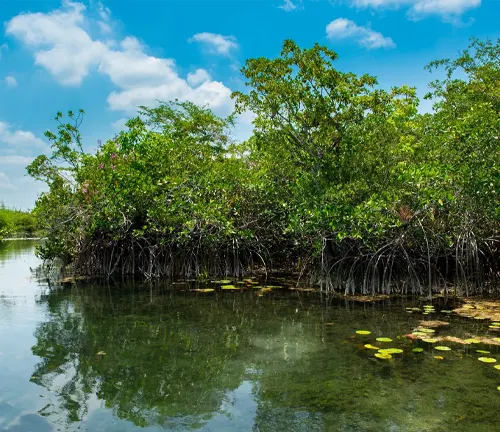
Their distinctive prop roots not only provide structural support but also serve as nurseries for a diverse array of marine life, including fish and crustaceans. Mangroves act as a natural buffer against storm surges and hurricanes, shielding coastal communities from the devastating impact of extreme weather events. Beyond their ecological significance, these resilient trees contribute to carbon sequestration, helping mitigate climate change by absorbing and storing substantial amounts of carbon dioxide.
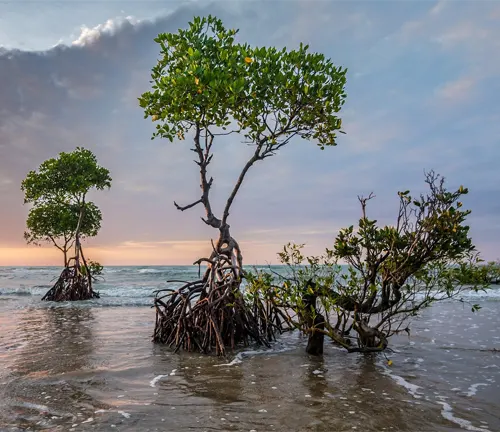
Mangrove ecosystems are also rich in biodiversity, offering habitats for various bird species and serving as a breeding ground for many marine organisms. Despite their ecological importance, mangroves face threats from human activities such as deforestation, urbanization, and aquaculture. Conservation efforts are crucial to safeguard these invaluable ecosystems and the myriad benefits they provide to both the environment and local communities.
| Characteristics | Description |
| Scientific Name | Various species belonging to families like Rhizophoraceae, Avicenniaceae, and Sonneratiaceae |
| Habitat | Coastal areas, estuaries, and intertidal zones |
| Salinity Tolerance | Highly tolerant to saline water conditions |
| Root System | Prop roots that provide stability and serve as nurseries for marine life |
| Ecological Role | Erosion control, storm surge protection, carbon sequestration, biodiversity support |
| Climate Resilience | Adaptation to tropical and subtropical climates |
| Threats | Deforestation, urbanization, aquaculture |
| Conservation Status | Many species are listed as vulnerable or endangered due to habitat loss and human activities |
| Economic Importance | Fisheries support, wood and non-wood forest products |
| Notable Species | Rhizophora spp., Avicennia spp., Sonneratia spp. |
| Biodiversity | Habitats for various fish, crustaceans, and bird species |
Botanical Beauty of Mangrove Trees
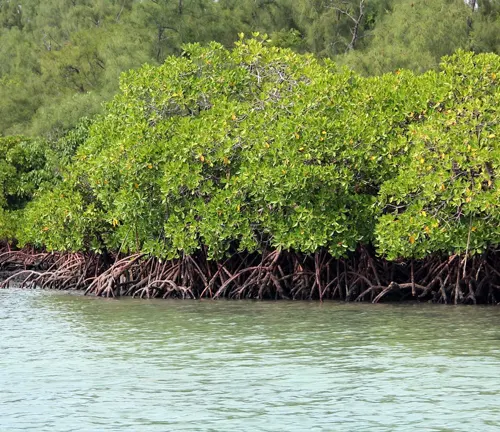
Mangrove trees, with their unique and captivating features, stand as botanical wonders along coastal landscapes. These resilient trees, belonging to diverse families such as Rhizophoraceae, Avicenniaceae, and Sonneratiaceae, showcase a distinct charm that goes beyond their utilitarian roles. The intricate network of prop roots, often visible during low tide, adds an aesthetic allure to these coastal woodlands, making them a botanical beauty worth appreciating.
Woodland Elegance
Amidst the ebb and flow of coastal waters, mangrove trees exude a quiet elegance that defines the coastal woodland. Their prop roots not only provide structural support but create a picturesque scene, especially when intertwined with the surrounding vegetation. This woodland elegance is a testament to the adaptability of mangrove trees, gracefully blending with the dynamic ecosystems they inhabit.
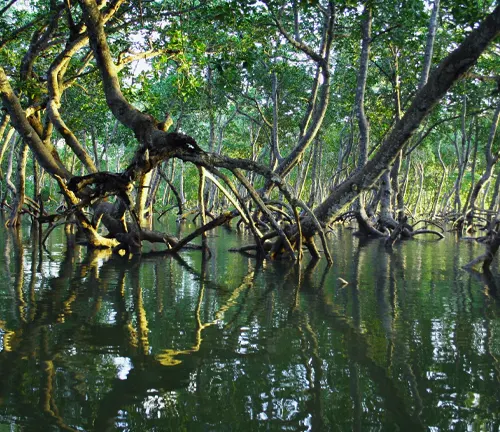
Ecological Importance
Mangrove trees play a pivotal role in maintaining the ecological balance of coastal areas. Serving as a shield against erosion, they act as a natural barrier during storms and hurricanes. The intricate root systems, submerged in brackish water, serve as nurseries for a myriad of marine life, contributing to the rich biodiversity of these unique ecosystems. Additionally, mangroves actively participate in carbon sequestration, assisting in the global fight against climate change.
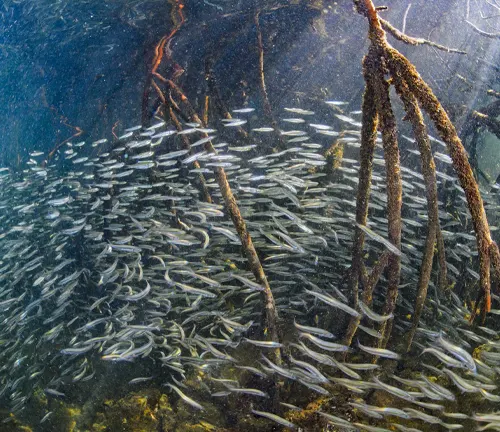
Cultivation and Conservation
Cultivating mangrove trees requires a delicate balance between preserving their natural habitats and recognizing their economic importance. Conservation efforts become paramount as mangroves face threats from deforestation, urbanization, and aquaculture. Initiatives to protect these coastal ecosystems ensure the continued existence of these botanical marvels, safeguarding their unique contributions to both the environment and local communities.
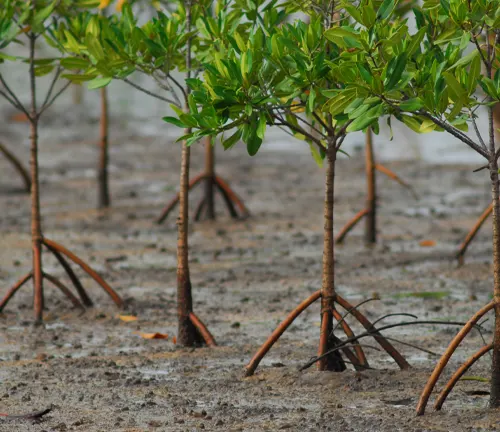
Fragrance
Beyond their visual appeal, mangrove trees often release a subtle fragrance, adding a sensory dimension to their presence. The mingling scents of saltwater, mud and the distinctive aroma of mangrove vegetation create a unique olfactory experience, enhancing the overall allure of these coastal woodlands.
Soil Stabilization
One of the unsung heroes of mangrove trees is their role in soil stabilization. The intricate root systems trap sediments, preventing erosion and creating a stable environment for both the trees and surrounding flora. This crucial function contributes to the overall health of coastal ecosystems and protects adjacent lands from the encroachment of the sea.
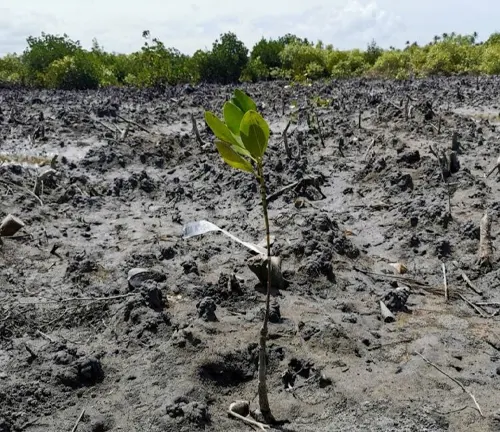
Common Uses
Mangrove trees have been an integral part of coastal communities for centuries, providing valuable resources for various purposes. The durable wood of mangrove species is utilized in construction and boat building, showcasing the versatility of these coastal trees. Moreover, traditional medicine often incorporates extracts from mangrove plants for their potential healing properties.
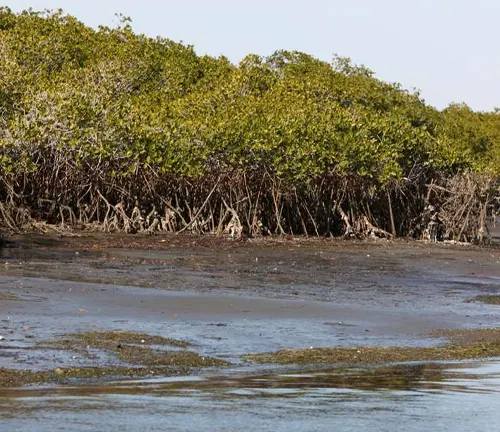
Benefits
The benefits of mangrove trees extend far beyond their immediate surroundings. From supporting fisheries by providing habitats for marine life to offering tangible resources for human use, mangroves contribute significantly to coastal economies. Their ability to mitigate the impacts of climate change through carbon sequestration further underscores their global importance.
Different Species
Red Mangrove
(Rhizophora mangle)
Recognized by its distinctive prop roots that arch above the water, the red mangrove is one of the most well-known mangrove species. It thrives in muddy and sandy coastal areas and is found in the Americas.
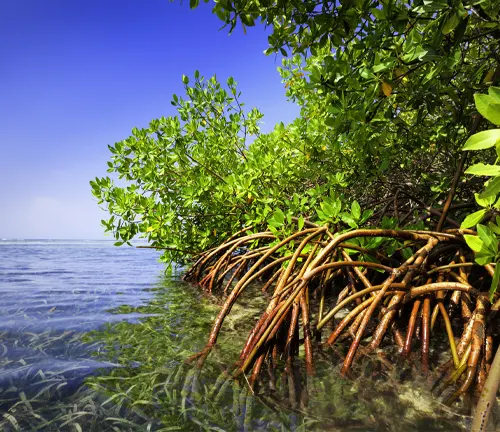
Black Mangrove
(Avicennia germinans)
Distinguished by its dark, rough bark and pneumatophores (vertical root extensions), the black mangrove is often found in intertidal zones. It occurs in the Americas, West Africa, Southeast Asia, and Australia.
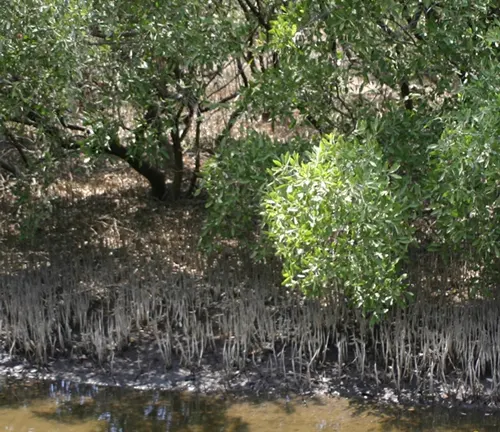
White Mangrove
(Laguncularia racemosa)
This mangrove species is identified by its pale bark and often grows in higher, less inundated areas. White mangroves are found in the Americas, West Africa, and the Indo-Pacific region.
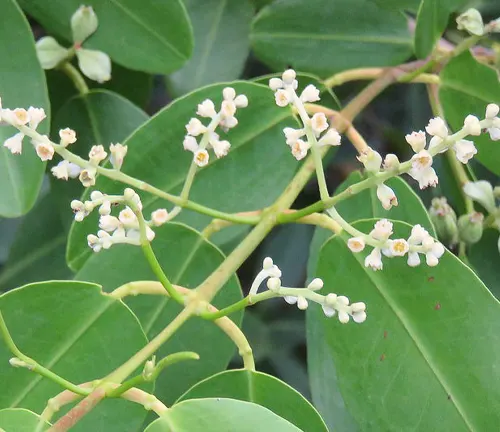
Rhizophora mucronata
Commonly known as the loop-root mangrove, this species is found in Southeast Asia and the Indo-Pacific region. It is recognized for its arching stilt roots and tolerance to various environmental conditions.
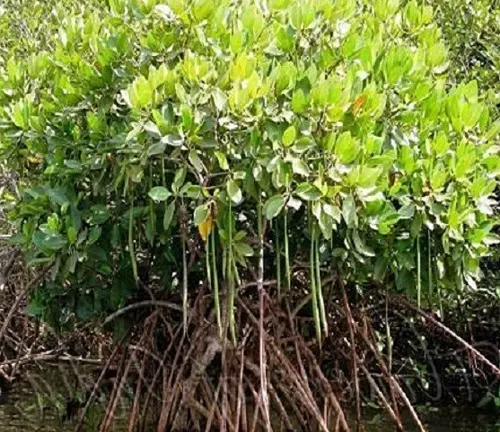
Avicennia marina
Also known as the grey mangrove, this species has a wide distribution in coastal areas of Africa, Asia, Australia, and the Middle East. It features distinctive aerial roots and is well-adapted to saline environments.
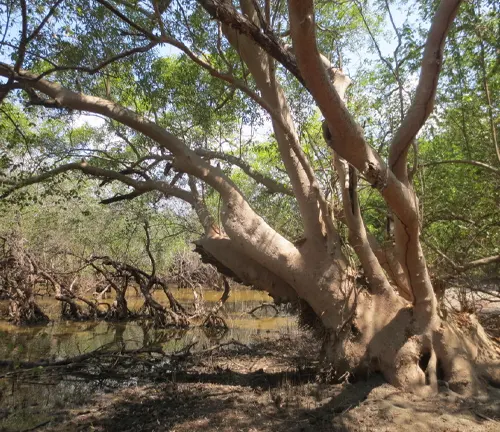
Sonneratia alba
Found in parts of Southeast Asia and northern Australia, the Sonneratia alba, or the apple mangrove, is characterized by its apple-like fruits. It typically grows in brackish water.
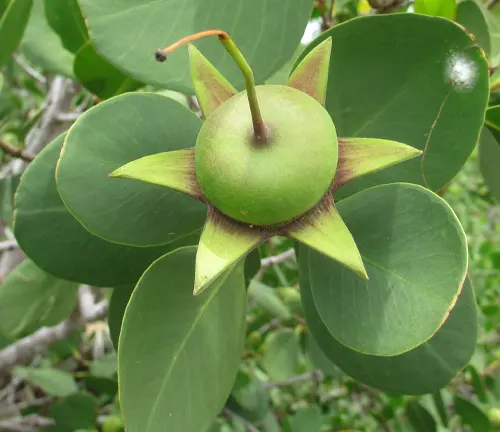
Bruguiera gymnorrhiza
Known as the black mangrove or large-leafed mangrove, this species is native to Southeast Asia, Australia, and the Pacific Islands. It is recognized by its large, leathery leaves and cone-shaped propagules.
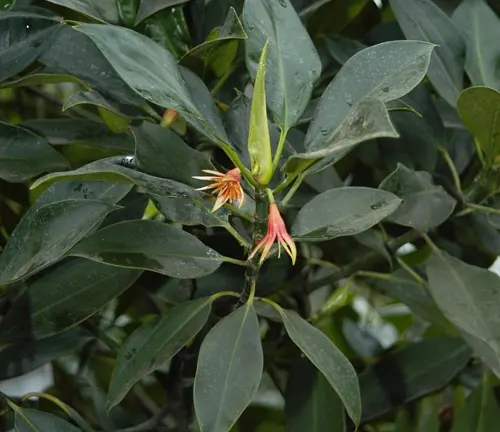
Ceriops tagal
Found in the Indo-Pacific region, Ceriops tagal, or the small-leafed mangrove, is adapted to muddy substrates. It has small, elliptical leaves and is often found in the inner zones of mangrove ecosystems.
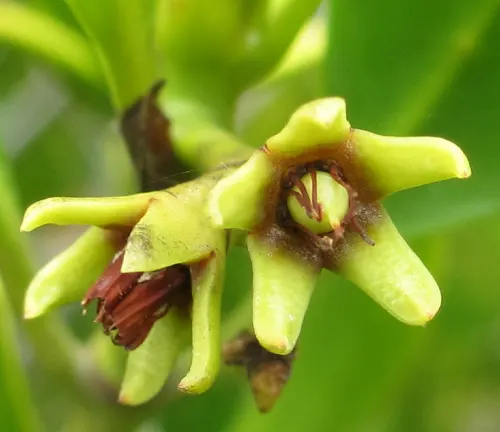
Frequently Asked Questions (FAQs)
- What are mangrove trees?
Mangrove trees are a group of salt-tolerant trees and shrubs that grow in coastal intertidal zones. They are adapted to survive in harsh saline conditions and are known for their unique prop roots. - Where are mangrove trees found?
Mangrove trees are found in coastal areas around the world, typically in tropical and subtropical regions. They thrive in brackish water environments, such as estuaries and tidal zones. - What is the ecological importance of mangrove trees?
Mangrove trees play a crucial role in coastal ecosystems. They stabilize shorelines, provide habitats for marine life, contribute to biodiversity, protect against erosion, and assist in carbon sequestration. - How do mangrove trees tolerate salty conditions?
Mangrove trees have specialized adaptations to cope with high salinity. Some species excrete salt through their leaves, while others have complex root systems that filter out salt or enable them to take in oxygen from the air. - What are the threats to mangrove trees?
Mangrove trees face threats from human activities such as deforestation, urbanization, aquaculture, and climate change. These factors contribute to the loss of mangrove habitats and affect their overall health. - Can mangrove trees be cultivated?
Yes, mangrove trees can be cultivated, and there are efforts to restore and plant mangroves in degraded coastal areas. However, proper management and consideration of ecological factors are crucial for successful cultivation. - Do mangrove trees have any economic significance?
Yes, mangrove trees have economic importance. They provide resources such as wood for construction and boat building, support fisheries by serving as nurseries for marine life, and offer potential non-wood forest products for various uses. - How do mangrove trees benefit local communities?
Mangrove ecosystems provide various ecosystem services that benefit local communities, including shoreline protection, fisheries support, and opportunities for ecotourism. They also contribute to the livelihoods of people in coastal areas. - Are mangrove trees protected?
Many mangrove species are recognized for their ecological importance, and efforts are made to protect and conserve mangrove ecosystems. However, the level of protection varies, and some areas still face threats from unsustainable practices. - How can individuals contribute to mangrove conservation?
Individuals can contribute to mangrove conservation by supporting sustainable practices, participating in mangrove restoration projects, raising awareness about the importance of mangroves, and advocating for policies that protect coastal ecosystems.


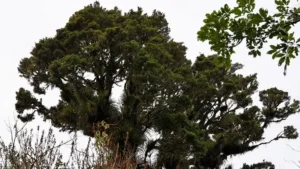
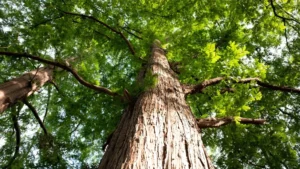
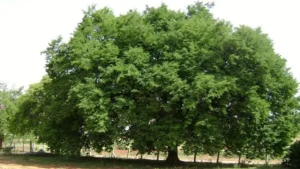
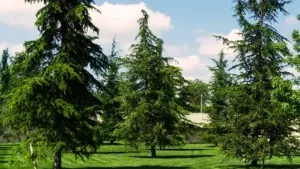
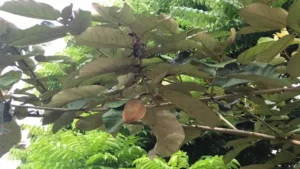


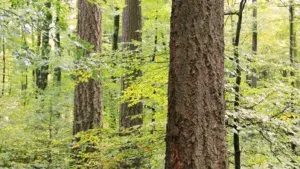
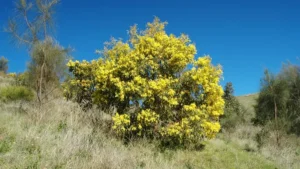
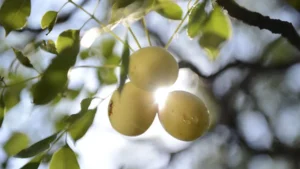
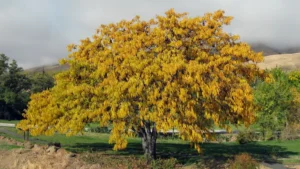
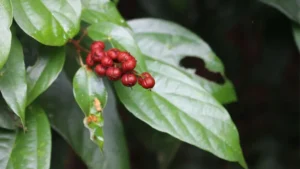
Leave your comment